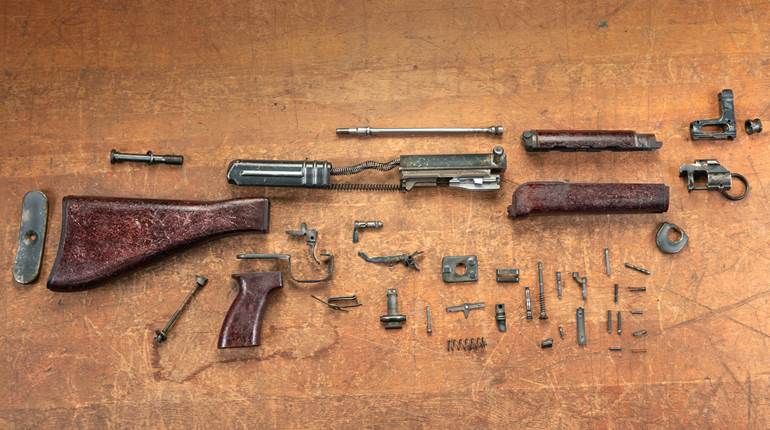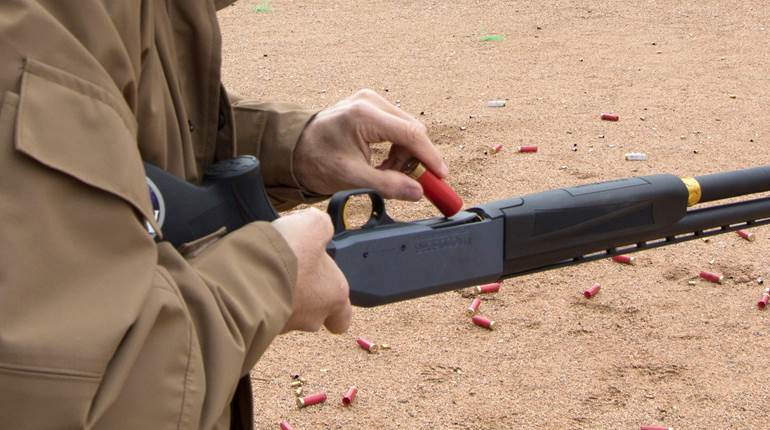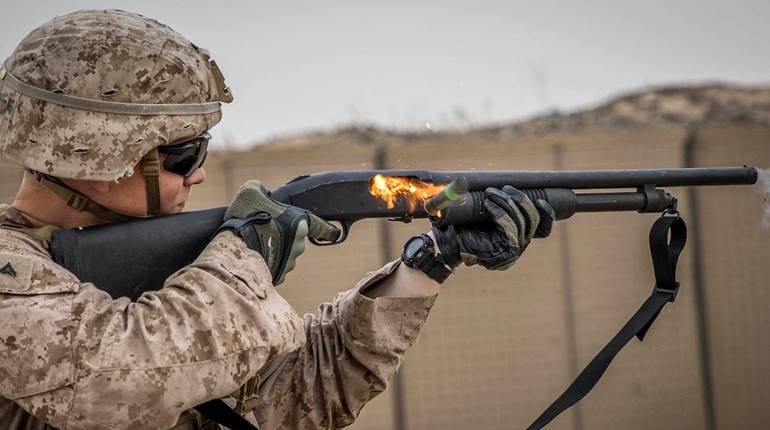
O.F. Mossberg & Sons, more affectionately known as simply Mossberg to gun owners, is America’s oldest family-owned and -operated firearm company. The great-grandson of Oscar F. Mossberg, who founded the company in 1919, is CEO today and still delivers on the firm’s original pledge — “More gun for the money.”
Oscar F. Mossberg was born in Sweden and emigrated to the United States in 1886. His first job stateside was at a boiler factory in Fitchburg, Mass., but by 1892, he was machining bicycle parts for Iver Johnson Arms & Cycle Works. Supervisors quickly recognized his mechanical aptitude for firearms, however, and in 1893, his name appeared on the first of many patent applications.
By 1900, he was production supervisor for C.S. Shattuck Arms Co. Two years later, J. Stevens Arms & Tool Co. hired him, and it wasn’t long before his name appeared on more patents. World War I signaled a big change for Mossberg, who moved to New Haven, Conn., in 1916 to help produce machine guns for Marlin-Rockwell.
Oscar established O.F. Mossberg & Sons in 1919. The fledgling firm began by renting a small space in New Haven, with three employees—Oscar and sons Ivan and Harold. The company’s first firearm was handgun called the Brownie. It was chambered for .22 rimfire, had four barrels and a rotating firing pin that allowed it to deliver single shots until ammunition was exhausted. To reload, a lever atop the “backstrap” was depressed, which allowed the trigger, barrels and chambers to rotate down as a single unit.
Word quickly spread about the handgun and keeping up with demand proved to be a challenge for Mossberg. Thirty-seven thousand were made before it was discontinued in 1932. It set enthusiasts back roughly $5 initially but—in the spirit that still lives at Mossberg—MSRP dropped once the company was able to tool up to fill the orders.
The Great Depression shuttered many companies across the nation, big and small, but the quality and value offered by Mossberg saw the firm survive. During World War II, it manufactured a variety of firearms for Allied forces. Its venerable Model 500 shotgun first appeared in 1962, quickly becoming the company’s most popular model and one that continues to sell well to this day. It opened a modern manufacturing facility in Eagle Pass, Texas, in the 1980s, where it produces most of its firearms, along with its Maverick line.
“When my great-grandfather opened the door of O.F. Mossberg and Sons in 1919, he instilled a set of corporate operating values that we still live by today,” Iver Mossberg wrote in the company’s 2019 catalog celebrating its 100th anniversary. “Always take care of your employees; always embrace change; always listen to your customers. He coupled those operating values with a commitment to a simple philosophy of providing customers with ‘More Gun for the Money.’”




































